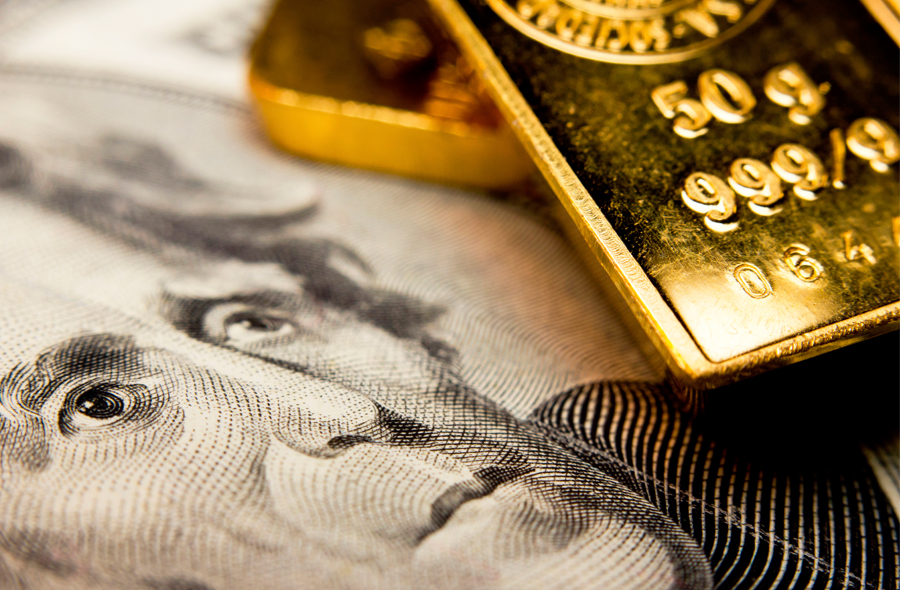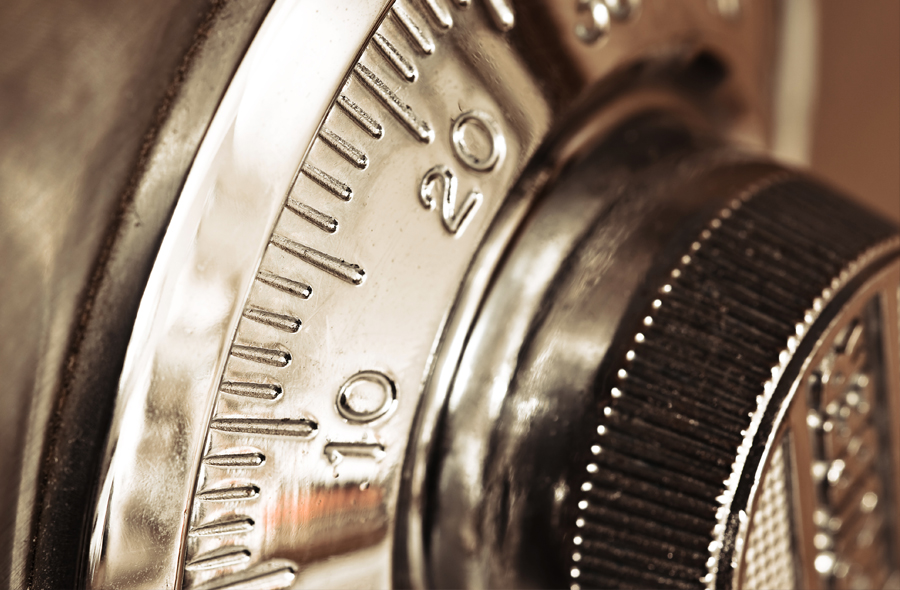
While many may think collectors and investors have two totally different agendas, in making their respective decisions, they share a fundamental common ground– both evaluate the cost per position, relative safety and growth potential of any collecting or investing decision before they choose. In fact, whether it is the ”collector” who deals in rare stamps, antique cars, art or virtually any class of collectible investment, or the “investor” who leans more towards stocks, real-estate, and IRA’s , there are really only three questions anyone must answer:
Is The Acquisition Cost Reasonable?
How Safe Is It?
What Is Its Growth Potential?
Is The Acquisition Cost Reasonable?

Novice investors will tell you to buy bullion as close to spot as you can, but the seasoned investor will tell you that makes as much sense as buying cheap land just because it is cheap or putting your money into “ABC” stock over the blue chips because they are less expensive to buy. If someone is buying gold to protect against the eroding dollar then they believe inflation is coming and will push Gold prices higher, possibly to a new record high. Let’s say that is true. Even more reason NOT to fear the premiums of Numismatics, because discerning investors know that they hold a unique edge and represent a potential “double play” on their initial investment.
If you buy an ounce of Gold bullion for $1,000, all you have is the “base” metal, which in terms of overall supply is the single largest segment of the gold market. This means it takes a huge demand for “physical” gold to push prices higher. Conversely, with numismatics, realizing its “double play” potential, you pay the premium and purchase your gold in coin form. Now, let’s say you paid a premium of double the bullion spot price for that coin, but you now have a coin that is rare and in mint state condition. Now you have three elements pushing the price – gold metals value, rarity and condition. If the coin also happens to be of unique historical significance, you have four elements influencing its price. With gold bullion, you have one and only one. Since both are governed by supply and demand, just like all other markets, the smarter choice is to choose the option that has the most things working for it.
The ultimate beauty is that, if the dollar does erode, which is what a bet on bullion is solely based on, then in all likelihood the base value of the gold content will also rise, potentially enough on its own to cover the initial premium of the numismatic choice anyway. On the other hand if the dollar strengthens, the bullion purchased at $1,000 per ounce loses value. However, if the same money was placed into numismatics, you may lose an incremental portion of price value when bullion prices dip, but your “double play” numismatic potential is still in play, because of rarity, condition and historical significance.
While both options share some common ground, their respective differences make a clear case that numismatics are the overall better long-term choice when it comes to investment diversification.
How Safe is It?

The ideal diversification component should provide both defensive and offensive benefits to an investment portfolio. Both gold bullion and numismatic coins offer such benefits in varying degrees and under different scenarios and conditions. The investor must choose which option, or mix of options, best suits their goals. In the end, gold numismatic coins have far more in their favor than bullion alone. Common sense dictates which is the wiser, long-term choice.
Bullion Gold Investors:
• Choose the safety of gold bullion to diversify & hedge risk of inflation and investment losses
• Rely solely on the bullion spot price to evaluate growth potential
• Ignore the depreciating impact of inflation, taxes & custodial fees on growth potential
• Ignore the long-term growth potential of gold in the form of numismatic coins
Numismatic Coin Collectors & Investors:
• Choose the safety of precious metals as a base value
• Prefer the safety of 3rd party grading & certification
• Consider rarity, condition & historical significance when evaluating growth potential
• Acquire numismatic coins they feel have the greatest potential for long-term growth
What is Its Growth Potential?

Between the two choices, historically, numismatics have the clear edge in terms of long-term growth potential. Still, many investors continue to doubt the wisdom of paying a premium for numismatics. If one is simply hedging loss and not concerned with long-term growth, then bullion is bullion. But if one wishes to own gold and wishes to experience long-term growth, then numismatic gold coins are the only sound play, even with the premiums. When the subject is hedge investing in physical gold, the two predominant forms to choose between are raw bullion and numismatic coins. Both offer varying degrees of safety and relative benefits, but there are clear distinctions as to their respective growth potentials.
| Consideration | Gold Bullion | Gold Numismatic Coins | Verdict |
| Dollar Goes Up | Prices Fall | Prices Could Rise due to Supply vs Demand of Collectors | Numismatics |
| Dollar Goes Down | Prices Rise | Prices Rise, Possibly Higher (Smaller supply means demand could impact more) | Numismatics |
| Inflationary Influence | Prices Rise | Prices Rise Faster (supply vs Demand) | Numismatics |
| Times of Prosperity | Prices Cool | Prices Rise (Collectors Market Pushes) | Numismatics |
|
Tax Benefits |
|||
| IRA Eligibility | Yes | No | Bullion |
| Taxes & Appreciation | Yes | No | Numismatics |
| Reporting Requirements | Yes | No | Numismatics |
| Like-For-Like Exchanges | No | Yes | Numismatics |
|
Fees & Confiscation |
|||
| Initial Up Front Costs | Small Fees | Numismatic Premiums | Bullion |
| Custodial Fees | Yes | No | Numismatics |
| Subject to Confiscation | Possibly | Historically Protected | Numismatics |
|
Growth Potential |
|||
| Short-Term Potential | Limited | Limited | Tie |
| Long-Term Potential | Limited, Tied to Spot Price | Potentially Unlimited | Numismatics |

